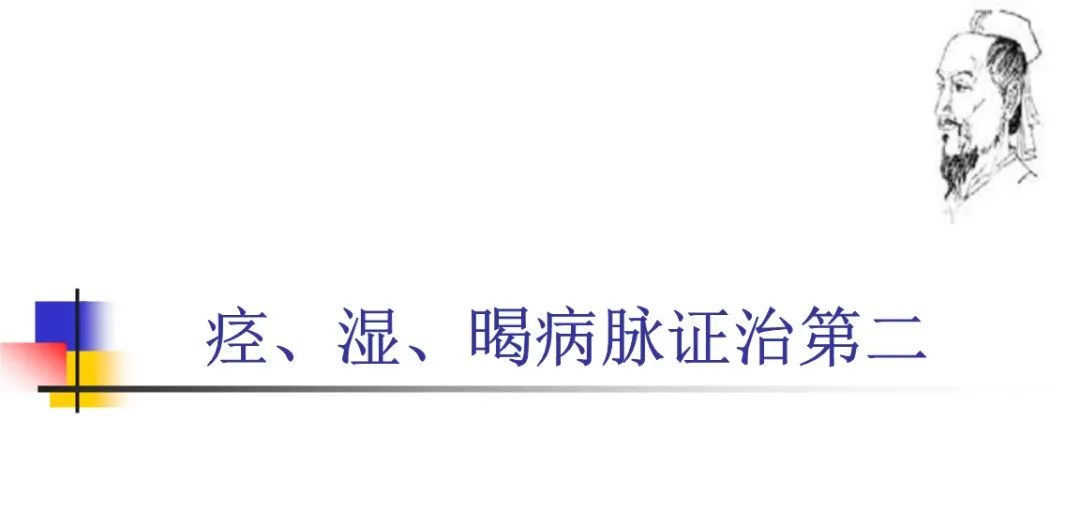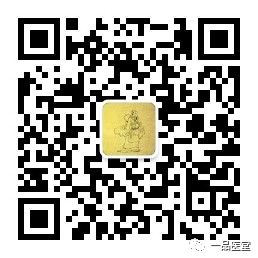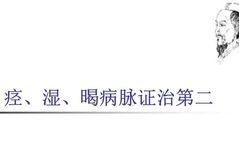[Original Text] When dampness is present in the lower body, sweating appears on the forehead, slight wheezing, and mild diarrhea (some say it is not beneficial); this indicates death. If diarrhea does not stop, it also leads to death.

[Explanation] When cold dampness is present internally, the stomach is often deficient, and purging should not be done recklessly. If purging is mistakenly applied, sweating on the forehead, slight wheezing, and mild diarrhea occur, indicating that the essence and qi are escaping from above; or if diarrhea does not stop, the essence and qi are escaping from below. Whether the essence escapes from above or below, the stomach qi has already been damaged, hence the prognosis is death.
[Note] The previous note mentioned that dampness in the lower body should not be purged, which is due to the presence of cold dampness internally and the deficiency of the stomach. A deficient stomach cannot tolerate purging, regardless of the disease; this is something to be mindful of in clinical practice, and it is essential to recognize this to avoid mistakes. This example illustrates the severe adverse consequences of mistakenly applying purging methods to a person with internal cold dampness. The “sweating on the forehead” mentioned here differs from the “sweating on the head” in the previous section, which indicates an exterior syndrome with heat and sweating that is not smooth (the body has no sweat and feels cold). This is slight wheezing with continuous sweating on the forehead or sweating like oil, indicating severe exhaustion.
[Original Text] When wind and dampness attack together, the whole body experiences pain. The treatment should induce sweating to relieve the condition. If it is a continuous overcast and rainy day, the physician may say that sweating can be induced, but why does the disease not improve? This is because if sweating is excessive, only the wind qi is expelled, while the dampness remains, hence the condition does not improve. If treating wind-dampness, inducing sweating should only be slight, just enough to feel like sweating is about to occur, then both wind and dampness will be expelled.
[Explanation] Wind-dampness attacking together means that wind evil and dampness combine to cause illness. The whole body experiencing pain refers to pain in all joints. Since the disease is at the exterior, the treatment should be to induce sweating to relieve it. When wind-dampness pain occurs during overcast and rainy weather, the pain is severe and unrelenting, which differs from the pain caused by simple Taiyang cold damage or Taiyang wind syndrome. If the physician induces sweating and the condition does not improve, it is due to improper sweating methods; if sweating is excessive, the wind qi is expelled but the dampness remains, hence the condition does not improve. Inducing sweating for wind-dampness should be just enough to feel like sweating is about to occur, then both wind and dampness can be expelled.

Tongqiao Huoxue Decoction is indicated for (3) — Eye Pain with White Pearl Red
Qi, Blood, Body Fluids, and Essence in Traditional Chinese Medicine

